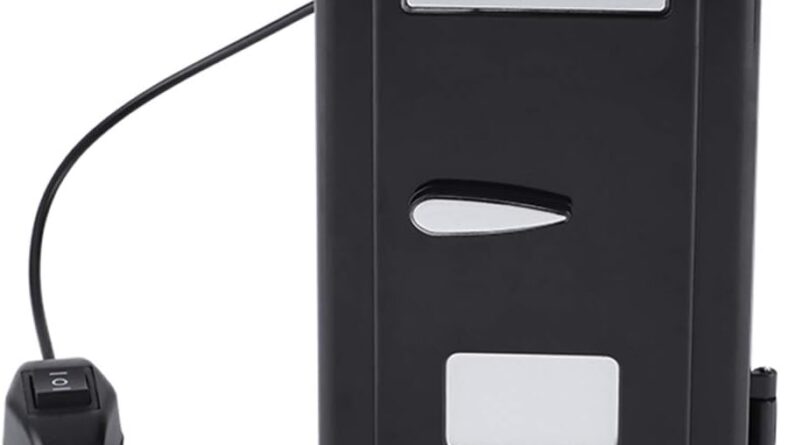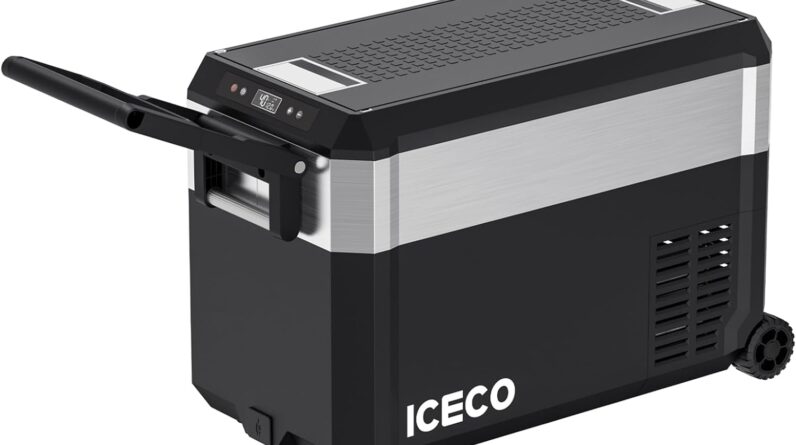
In this article, we will provide you with a step-by-step guide on how to calibrate the compass in your GPS device. By following along, you will learn the necessary steps to ensure accurate navigation and eliminate any potential compass errors. Our friendly instructions will help you easily perform this calibration on your own GPS device, giving you confidence in your future journeys. So, let’s get started and equip you with the knowledge you need for a seamlessly calibrated compass in your GPS device.
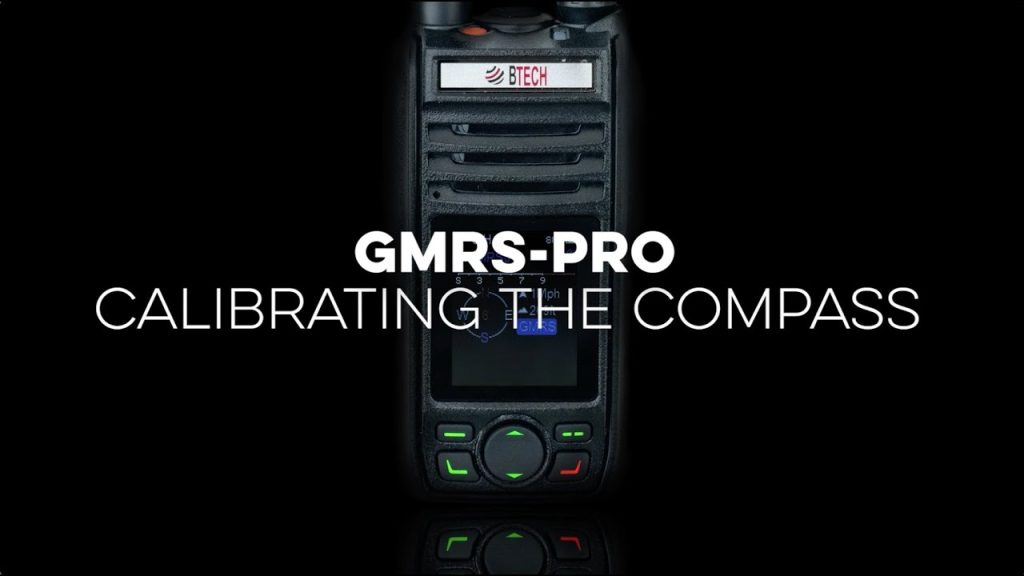
This image is property of i.ytimg.com.
Step 1: Access the Compass Calibration Menu
Locate the settings or menu button on your GPS device
To calibrate the compass on your GPS device, you first need to access the compass calibration menu. This menu can usually be found within the settings or menu options of your GPS device. Look for a settings icon or a menu button on the device’s interface.
Navigate to the compass calibration option in the settings or menu
Once you have accessed the settings or menu options, navigate through the menu to find the compass calibration option. This option may be located under a specific heading such as “Calibration” or “Compass Settings.” Click on the option to proceed with the compass calibration process.
Step 2: Choose the Calibration Method
Select the automatic calibration option if available
Many GPS devices offer an automatic calibration method that simplifies the process. If your device has this option, it is recommended to choose it. Automatic calibration uses the built-in sensors of the device to calibrate the compass quickly and accurately. This method is ideal for most users as it does not require any specific actions from your side.
Opt for the manual calibration method if automatic calibration is not available
In case your GPS device does not have an automatic calibration option, you will need to opt for the manual calibration method. Manual calibration involves physically rotating and tilting the device to calibrate the compass. While this method may take a bit longer and require more attention, it can still provide accurate results if done correctly.

This image is property of atlaske-content.garmin.com.
Step 3: Find an Open Area
Move to an outdoor location away from any magnetic or metal interference
To ensure accurate compass calibration, it is crucial to find an open area away from any magnetic or metal interference. Buildings, vehicles, and metal objects can affect the calibration process and result in inaccurate readings. Move to an outdoor location that is free from these potential sources of interference.
Ensure there are no electronic devices nearby that could interfere with the compass calibration
Electronic devices such as smartphones, tablets, or other GPS devices can emit electromagnetic signals that may interfere with the compass calibration. Therefore, it is important to ensure that there are no electronic devices nearby that could potentially affect the calibration process. Keep your GPS device away from such devices to avoid any disturbances.
Step 4: Hold the GPS Device Properly
Hold the device level, parallel to the ground
When calibrating the compass, it is essential to hold the GPS device properly. Hold the device level and parallel to the ground. This ensures that the calibration is accurate and the device can receive accurate readings from its sensors.
Avoid any tilting or angling that could affect the calibration process
Tilting or angling the device during calibration can affect the accuracy of the compass readings. It is important to avoid any unnecessary tilting or angling that could interfere with the calibration process. Keeping the device stable and level is the key to achieving accurate calibration results.
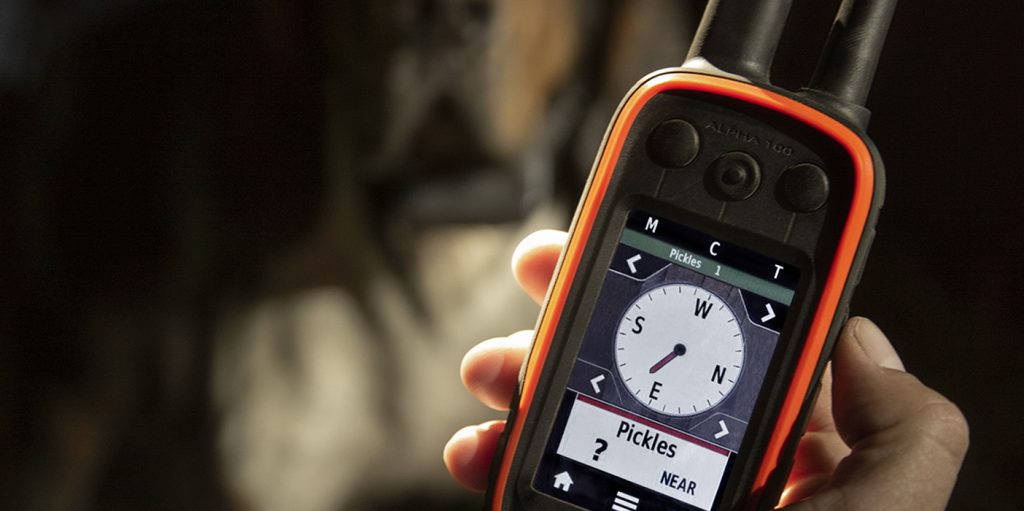
This image is property of s12857.pcdn.co.
Step 5: Start the Calibration
Follow the on-screen instructions to initiate the calibration
Once you have found an open area and have properly held the GPS device, follow the on-screen instructions to initiate the calibration process. The instructions may vary depending on the GPS device model and software. Pay close attention to the instructions provided to ensure you perform the calibration correctly.
Rotate the device in a figure-eight motion to complete the calibration process
As part of the calibration process, you will be required to rotate the GPS device in a figure-eight motion. Follow the on-screen instructions and move the device in a smooth figure-eight pattern until the calibration process is complete. This motion helps the device calibrate its internal sensors accurately.
Step 6: Verify the Compass Accuracy
Check for any changes in the compass accuracy after calibration
After completing the calibration process, it is essential to verify the accuracy of the compass readings. Take a moment to observe any changes in the compass accuracy compared to before the calibration. The compass needle should be pointing towards the correct directions and aligning with the actual north.
Ensure the compass needle points to the correct directions
To verify the accuracy of the compass, check if the compass needle points to the correct directions. Use a known reference point or landmark to confirm the accuracy. If the compass needle aligns correctly, it indicates that the calibration process was successful.
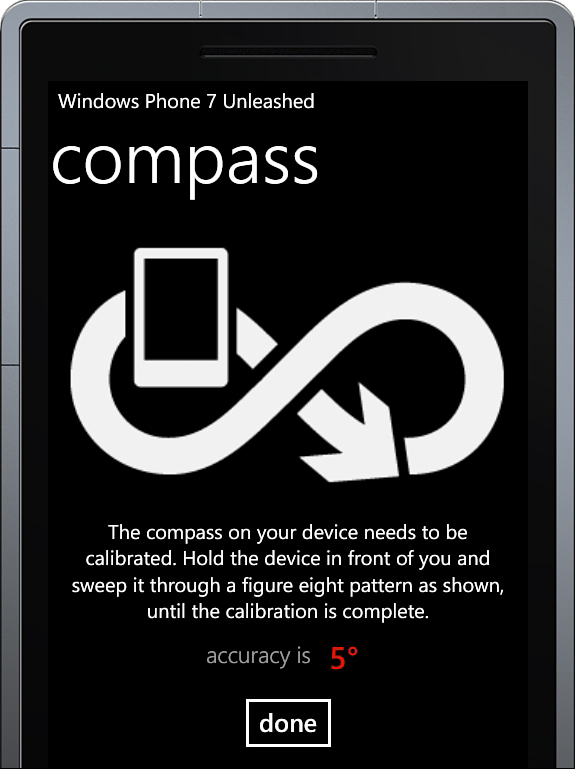
This image is property of www.oreilly.com.
Step 7: Repeat if Necessary
If the compass still seems inaccurate, repeat the calibration process
In some cases, the initial calibration may not provide accurate results, and the compass readings may still seem inaccurate. If this happens, it is recommended to repeat the calibration process. This time, ensure that you are in a different open area to avoid any potential magnetic interference that may have affected the initial calibration.
Make sure to use a different open area to avoid magnetic interference
To avoid any magnetic interference, it is crucial to choose a different open area for the repeat calibration. This area should be free from any potential sources of magnetic disturbance such as buildings, vehicles, or metal objects. By selecting a different area, you increase the chances of obtaining accurate compass readings.
Step 8: Store the Calibration Data
If your GPS device allows, save the calibration data for future reference
Some GPS devices offer the option to save the calibration data for future reference. If your device provides this option, it is recommended to save the calibration data. By doing so, you can ensure that the device maintains accurate compass readings over time and under various conditions.
This can help in maintaining accurate compass readings over time
By storing the calibration data, you can help maintain accurate compass readings over time. As you use your GPS device in different locations and conditions, the stored calibration data can improve the device’s ability to provide accurate compass readings consistently.

This image is property of devicetests.com.
Step 9: Consult the User Manual
In case of any confusion or specific instructions, refer to the user manual of your GPS device
If you encounter any confusion or require specific instructions related to the compass calibration process, it is recommended to refer to the user manual of your GPS device. The user manual provides detailed information about the device’s features and functionalities, including the compass calibration process. It can offer additional guidance and answer any specific questions you may have.
The manual may provide additional guidance on the compass calibration process
GPS devices can vary in their features and calibration methods. Therefore, the user manual for your specific device may provide additional guidance and instructions to help you achieve accurate compass calibration. Take advantage of the manual’s resources to ensure you are calibrating the compass correctly.
Conclusion
Calibrating the compass in your GPS device is essential for accurate navigation and reliable compass readings. By following this step-by-step guide, you can confidently calibrate your GPS device’s compass and ensure optimal performance. Remember to access the compass calibration menu, choose the appropriate calibration method, find an open area away from interference, hold the device properly, and follow the on-screen instructions during the calibration process. Verify the compass accuracy after calibration and repeat if necessary in a different open area. If your device allows, save the calibration data for future reference, and consult the user manual for any confusion or specific instructions. Regularly calibrating the compass will help maintain accuracy over time and various conditions, resulting in improved navigation experiences.


